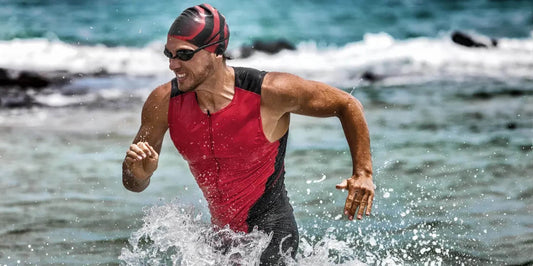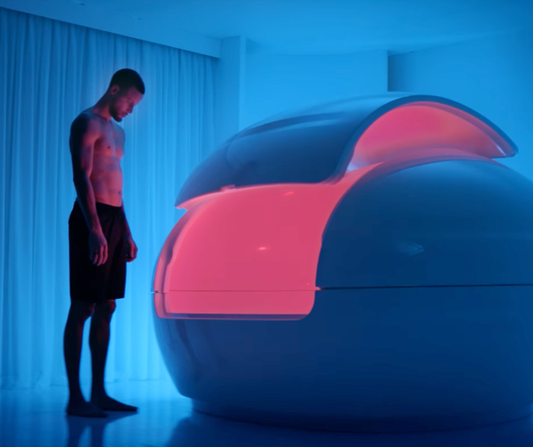If you’re someone who deals with anxiety, the idea of being alone in silence for an hour might sound more overwhelming than relaxing. Maybe you’re worried your thoughts will spiral, or that the stillness will be too much. Some people even ask:
💭 What if I panic?
💭 What if I can’t relax?
💭 What if I fall asleep and drown?
These concerns are completely normal. But here’s the good news—floating is actually one of the best things you can do for anxiety. Let’s walk through the most common worries and what to expect.

⸻
1. “What if my thoughts won’t stop racing?”
It’s natural to feel a little restless at first. Your mind might jump from one thought to another, analyzing your to-do list or replaying past conversations. But here’s the thing: you don’t have to “force” yourself to relax.
Most floaters experience a transition period—maybe the first 10-15 minutes—where the mind is still active. And then, something shifts. Your nervous system starts to slow down, your body relaxes, and suddenly, the silence feels soothing rather than intimidating.
💡 Tip: If your thoughts feel overwhelming, focus on the sensation of floating. Notice how effortless it is. Let that be your anchor.
⸻
2. “What if I panic in the tub?”
If you ever feel uneasy, you’re always in control. You can float with soft lighting or gentle music, and you can step out at any time.
Floating at Terapung isn’t like being enclosed in a small pod—our open tubs give you space to move freely while still experiencing full sensory relaxation. The water is only about 30 cm deep, and your face naturally stays above the surface.
💡 Tip: If you feel a wave of anxiety, take slow, deep breaths. Exhale longer than you inhale. This signals to your body that you’re safe and helps you relax naturally.
⸻

3. “What if I fall asleep and drown?”
Surprisingly, a lot of people doze off during their float. And that’s okay! The water is so dense with Epsom salt that it keeps you effortlessly buoyant—your body naturally stays afloat, even if you’re fully asleep.
Unlike swimming, where you have to tread water, floating requires zero effort. Your head stays above water without you having to do anything.
💡 Tip: If you’re worried, try floating in a position that feels secure—many people rest their arms above their head, like in a surrender pose, to feel extra supported.
⸻
4. “What if I can’t stay in the whole session?”
No pressure! Floating is not a test of endurance. The duration is different for everyone, and you can step out whenever you like. But many first-time floaters find that once they settle in, they lose track of time—the experience is that relaxing.
💡 Tip: Instead of focusing on the full session, just take it minute by minute. Give yourself permission to enjoy the stillness without expectations.
⸻

5. “Will floating actually help my anxiety?”
If your mind is always busy or your body feels tense, total relaxation might seem unfamiliar. But that’s exactly why floating can be so powerful. It’s one of the few places where your nervous system gets a complete break—no noise, no screens, no demands.
After a session, many people notice:
✅ Less tension in their body
✅ A calmer, clearer mind
✅ Better sleep that night
✅ A sense of deep, quiet relief
Maybe, for the first time in a long time, you’ll experience what it feels like to truly let go.
⸻
Final Thoughts: You’re in Control
Floating isn’t about forcing yourself to relax—it’s about giving yourself the space to feel safe, supported, and weightless. If you’re anxious about trying it, we completely understand. You’re welcome to ask us anything before your session, and we’ll make sure you feel comfortable every step of the way.
Do it nervous. Do it unsure. But do it. You owe it to yourself to unwind. We’ll make sure you feel safe.




